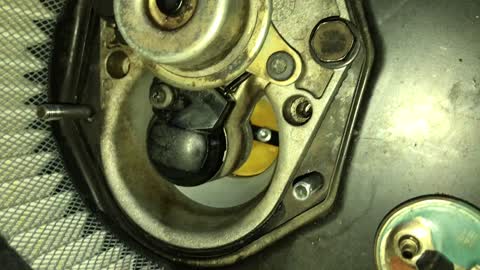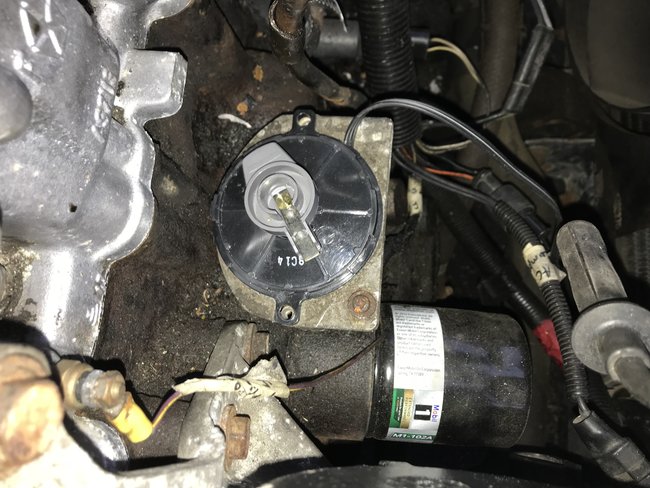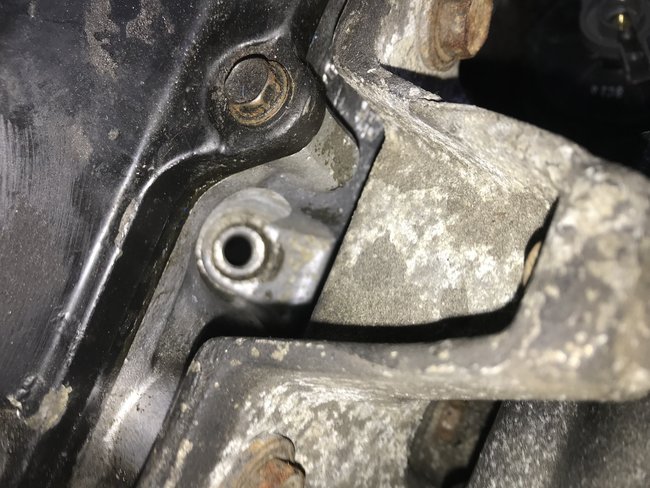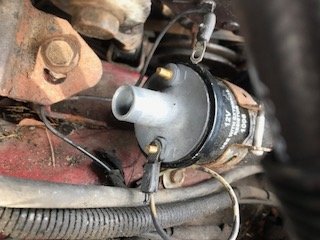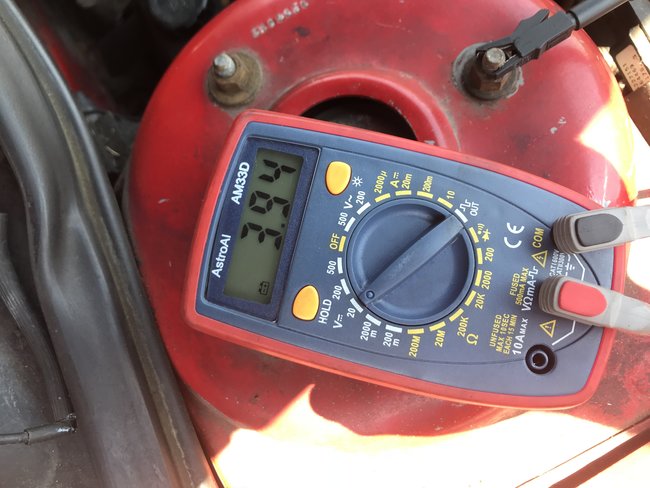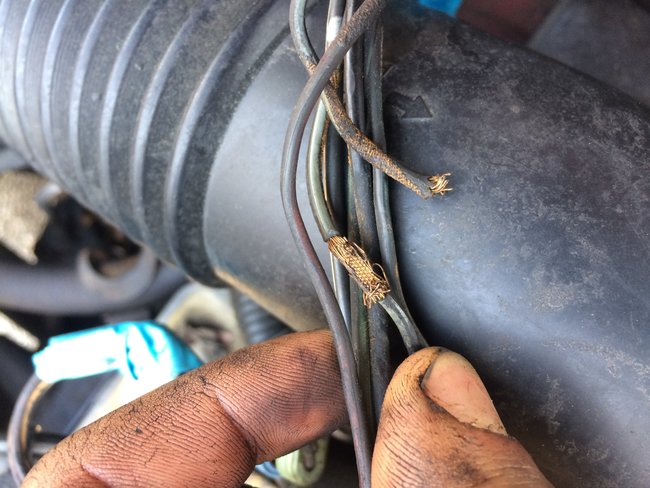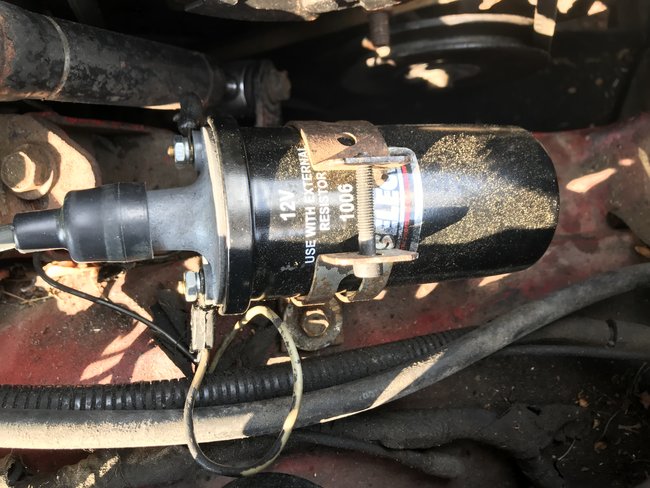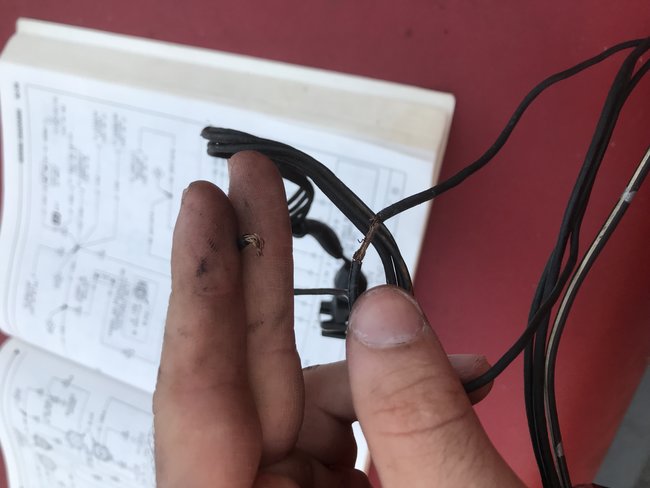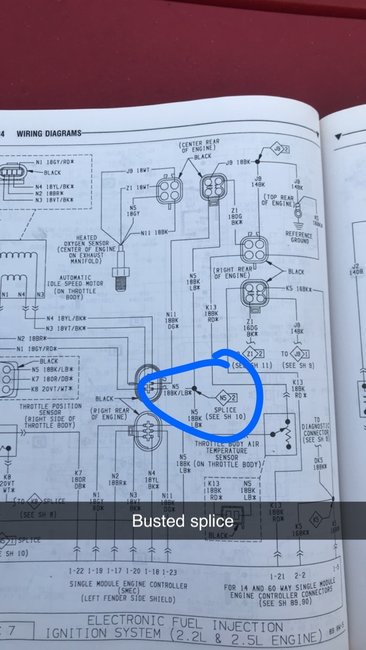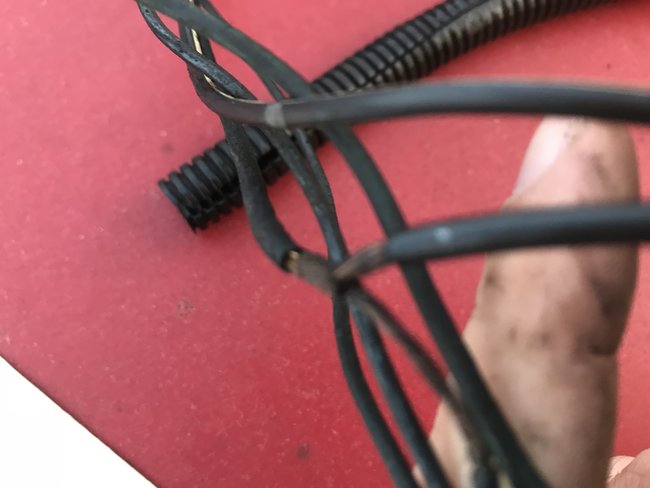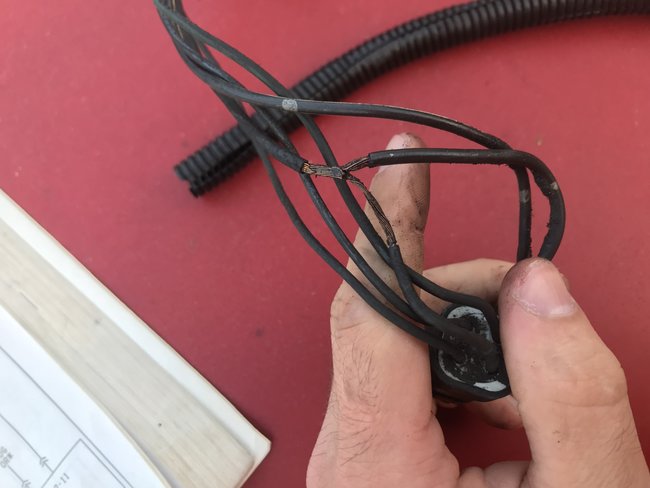I'm still bothered by the low voltage to the ignition coil. Check if there is a condenser connected to it. In this application it would just be for radio noise suppression, but if it is "leaky", meaning not quite shorted, it could draw the voltage down.
Another way to track this would be to use a small jumper wire to connect the two larger-diameter wires in the ASD relay's socket, then measure the voltage at various places in the circuit. You don't need to have the ignition switch on for this, and bypassing the relay just powers up the circuit like normal, but without the engine running.
Start right at the battery's posts. If it's good and fully-charged, you'll find close 12.6 volts. Now move the meter's probes from the posts to the cable clamps on them. You must find the same voltage. If it's lower, one of those connections is loose or corroded.
Next, move the negative meter probe from the battery cable to a paint-free point on the engine. The voltage still should be the same. Move the positive meter lead to the ASD relay's wires. By this time you might see the voltage drop a little, but ideally it should still be the same as when you started at the battery.
Finally. Move the positive meter lead to the positive terminal on the ignition coil. If you're seeing the same 9 volts you found originally, three volts is being dropped somewhere. Finding where is done this way by taking these voltage readings all along the circuit.
If you still have a good 12+ volts at the ignition coil, but it goes down to 9 volts when the jumper is removed from the relay socket and you're cranking the engine, the only thing left is the contacts in the ASD relay. If those are arced or corroded, you should get a nice strong spark if you put that jumper wire back on, and replacing the relay should solve that.
Wednesday, April 17th, 2019 AT 6:14 PM
